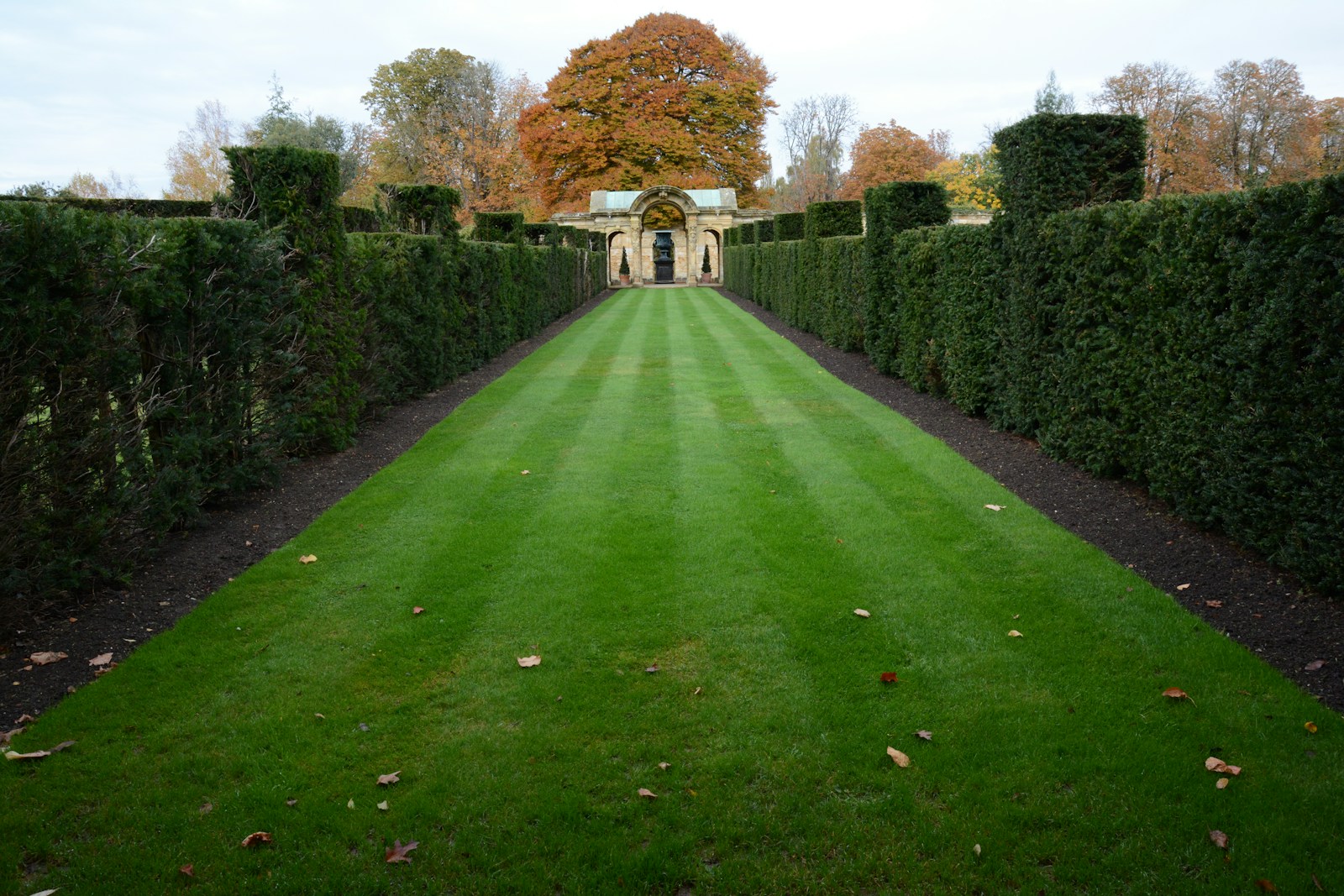If you’re passionate about supporting garden wildlife, No Mow May is one of the easiest and most rewarding campaigns you can take part in.
Launched by Plantlife, the idea is simple: don’t mow your lawn for the month of May and allow wildflowers to bloom, providing vital nectar for bees, butterflies, and other pollinators just when they need it most.
But to get the best results, a little preparation in April can make a huge difference. Here’s how you can get ready for No Mow May and turn your lawn into a buzzing wildlife haven.
Why Take Part in No Mow May?
✅ Boost Pollinator Populations – Early flowers like dandelions, clover, and daisies provide crucial food sources for hungry bees and butterflies.
✅ Support Biodiversity – Longer grass creates habitats for insects, small mammals, and birds.
✅ Enjoy a More Natural Garden – A wild lawn adds colour, life, and beauty to your garden.
✅ Help the Environment – Reducing mowing lowers fuel use and carbon emissions.
🌿 Tip: Even small patches left unmown make a difference—you don’t have to leave your entire lawn wild if you prefer a balance.
How to Prepare for No Mow May: Step-by-Step Guide
1. Assess Your Lawn Area
✅ Decide how much of your lawn you’re willing to leave unmown.
✅ You could let the entire lawn grow or designate specific areas (e.g., around trees, near fences, or in a wild corner).
✅ Mark out the area if needed to remind yourself not to mow!
🌿 Tip: A mix of managed and wild areas can give you the best of both worlds—a neat look with a space for nature.
2. Give Your Lawn a Final April Cut
✅ Give the grass a last short trim in mid-to-late April to remove tough winter growth and stimulate fresh spring growth.
✅ Set the mower blades slightly lower than usual for this cut, but don’t scalp the lawn—leave about 3–4cm of grass height.
🌿 Tip: Avoid heavy raking or scarifying if you’re planning to join No Mow May—let nature take over gently.
3. Remove Thick Thatch and Moss
✅ Lightly rake out any heavy moss or thatch so that wildflowers and natural grasses have space to grow.
✅ Don’t worry about every little weed—many so-called “weeds” like clover, self-heal, and dandelions are brilliant for pollinators.
🌿 Tip: If your lawn is very mossy or compacted, focus on creating one or two healthy wild patches instead of trying to transform the whole lawn in one season.
4. Identify and Protect Early Wildflowers
✅ Take a look at what’s already growing—cowslips, primroses, violets, dandelions, daisies, and clover are common early wildflowers.
✅ Protect any patches you find by avoiding walking or heavy activity in those areas.
🌿 Tip: If you spot wildflowers already emerging, you’re on track for a beautiful No Mow May display!
5. Manage Lawn Edges for a Tidy Look
✅ If you like a neater garden, keep mowing a small strip around paths, patios, or beds.
✅ Defined edges make the wilder areas look intentional and attractive, rather than neglected.
🌿 Tip: Mowing borders around your wild patches can make your whole garden look bigger and better organised.
6. Plan for Post-May Maintenance
✅ In June, once No Mow May ends, you have several options:
- Mow paths through your meadow areas to create a managed wild lawn look.
- Leave some areas longer through the summer to support more wildlife.
- Cut and collect clippings to lower soil fertility if you want to encourage more wildflowers long term.
🌿 Tip: Don’t immediately cut everything down in June! A gradual return to regular mowing helps wildlife relocate safely.
Common Questions About No Mow May
Do I have to leave the whole lawn?
No! Even a small patch helps. You could just leave a corner, a strip, or under a tree.
Will my lawn recover after No Mow May?
Yes, with a bit of gentle mowing and feeding, most lawns bounce back easily.
Will I just be growing weeds?
What many call weeds (like clover, self-heal, buttercups) are essential plants for wildlife. Plus, a few dandelions in May can make your lawn a wildlife hero!
Can I still walk on the grass?
Yes, but try to limit trampling areas where wildflowers are growing if you can.
April Action Plan for No Mow May
| Task | Timing |
|---|---|
| Final mow (mid–late April) | Around 2–3 weeks before May |
| Light raking of moss/thatch | After the final mow |
| Mark out wild patches | Mid-April |
| Set mower aside for May! | Ready by end of April |
Get Ready to Let Your Lawn Grow Wild!
By taking a few simple steps in April, you’ll set the stage for a buzzing, colourful, wildlife-friendly garden in May and beyond. It’s an easy, rewarding way to make a real difference to pollinators—and you’ll get to enjoy the natural beauty along the way.
Need Help Preparing Your Garden for a Wildlife Boost?
At Project Garden, we can assist with lawn preparation, planting for pollinators, wildlife-friendly maintenance, and more.
📞 Call 07795 800 772
📧 Email info@projectgarden.co.uk
🌿 Let’s help your garden come alive this spring!


